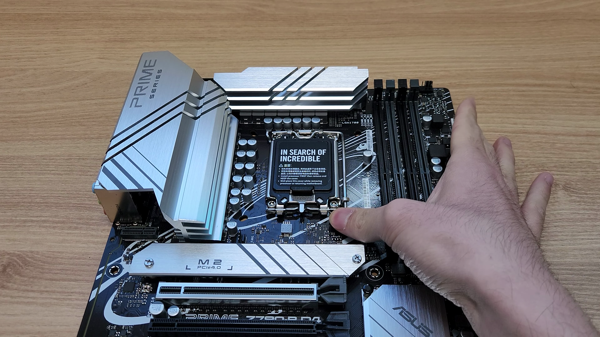Steganography is a sort of covert communication technique. It involves using any kind of online medium where messages can be concealed and transmitted in a hidden manner too. It is quite an old technique for hiding sensitive and secret data in plain sight to avoid detection.
However, recent observation of a resurgence of bad actors taking advantage to dodge cybersecurity measures for distributing and spreading malware as well as securing a wider presence on the internet with much less effort. This technique didn’t just encode any message but it rather hid the fact that there isn’t any such message on that very platform.
When was Steganography first discovered?
Steganography was first practiced in ancient Greece. According to Herodotus’s account (a historian back then), Histiaeus shaved the head of his servant and tattooed a message on their scalp. Once the hair grew back, the servant would go to the recipient who would shave the head and see the message.
Cyber crimes and Steganography – what to understand?
A lot of negative actors have started influencing steganography to carry out cyber attacks. They use it to hide malware and hide malicious JavaScript within files and send them to intended targets inside either a company or a network, or both of them.
Understanding Least Significant Bit (LSB)
Known to be one of the most commonly used techniques in steganography, Least Significant Bit (LSB) embeds malicious content by changing the end bits in a byte. It is done so as to encode a message. When combined with Steganography, it can add camouflaging to the encryption i.e. hides secret data even further.
Thus it disguises them more effectively and prevents it from getting spotted. Any kind of cheap DDoS protection software may not be able to help easily in this matter.
Understanding deliberately targeted steganography distribution
Deliberately targeted steganography distribution involves using files to damage organizational networks. An example of such would be a common organizational notice regarding changes in leisure timings in a Docx format sent from a legitimate company email. This can damage networks of firms that are not even ready to handle such attacks.
Any further use of Steganography
Steganography is used for obtaining a foothold in the build-up to a large-scale attack. Among them are an advanced persistent threat (APT) based events. They can be countered but are hard to detect.
Most kinds of cyber attacks often need at least two steps. Steganography is hence reserved for targeted attacks instead of wider blanket attacks. Each hidden element will be created for a specific system. Once delivered, it must run properly or the attack won’t happen.
It is thus becoming quite a well-known method for spyware and malware distributors. Most anti-malware software has done little to reduce the effects of these attacks. They also have been unable to counter them. The difference between corrupted files the normal ones is negligible as they appear like normal files. Yet they are dangerous.
How can steganographic attacks be prevented online?
Cybersecurity experts state that there exists no easy solution for such attacks. Steganographic attacks are as complicated as phishing attacks. Cyber security teams should be able to work together with other divisions in their respective companies and provide them training and awareness regarding cyber attacks and steganography too.
Companies must start educating their divisional heads first. It is imperative to convince them of the importance of cybersecurity training and understanding of Steganography. Rules and internal policies should be accordingly formulated which should be implemented at all costs. This helps ensure things are in control.
Identifying suspicious files
Recognizing suspicious files is compulsory. Employees should check emails in case they have suspicious files. Each employee should be trained in this manner so they can understand both the risks and signs of a Steganography attempt.
Individual computers should be locked down whenever employees get off their desks. This prevents misuse of them. Also, no employee should download any software from unauthorized sources. Moreover, cybersecurity teams must always monitor digital activities on their organizational networks for all kinds of suspicious actors, internal or external.
Managing insider threats is a must. At times, steganographic attacks can be carried out from within organizational networks. This is why cybersecurity teams should look for bad internal actors and ensure each system on the network is safe from such attacks.








